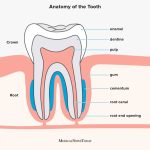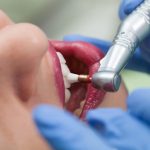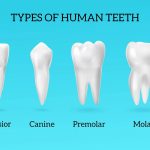Maximizing Comfort: How Many Teeth Can Safely be Extracted at Once?
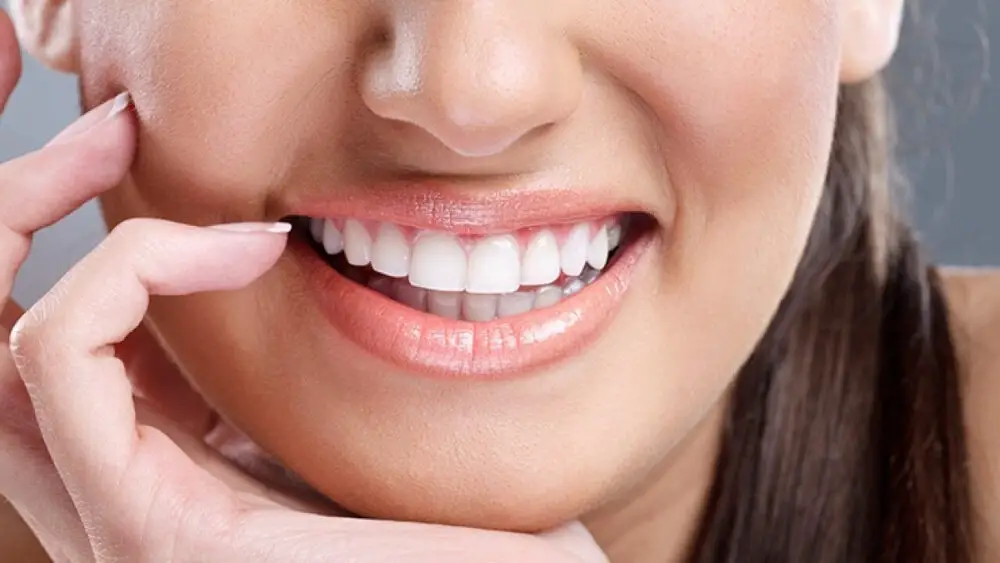
When it comes to dental extractions, patients often seek to maximize their comfort during the procedure. This can raise the question of how many teeth can be safely extracted at once without compromising the patient’s well-being. While the answer to this question can vary depending on the individual patient and the circumstances surrounding the extraction, there are several factors to consider that can help determine the maximum number of teeth that can be removed in a single session. One of the most significant factors that determine how many teeth can be removed at once is the patient’s overall health. Individuals with certain medical conditions or who are taking certain medications may not be able to tolerate multiple extractions at once. Additionally, patients who have a history of dental anxiety or panic attacks during dental procedures may require more frequent breaks or prefer to have fewer teeth removed in a single session for their comfort. By taking into account the patient’s medical history and personal preferences, dental professionals can determine the appropriate number of teeth that can be extracted safely and comfortably.
Tooth extraction is a dental procedure that involves removing a tooth from its socket in the jawbone. This is typically done when a tooth is severely damaged or decayed and cannot be repaired with other dental treatments. The process involves numbing the area around the tooth with a local anesthetic, then using specialized tools to loosen the tooth from the socket and remove it. In some cases, the tooth may need to be cut into pieces to make it easier to remove. After the tooth has been extracted, the area may be stitched closed to promote healing. While the procedure may cause some discomfort, pain can be managed with over-the-counter or prescription pain medication. It is important to follow post-operative instructions to ensure proper healing and minimize the risk of complications. The number of teeth that can be safely extracted at once depends on various factors, including the patient’s overall health, the complexity of the extraction, and the dentist’s professional judgment.
Comfort is a crucial factor in any dental procedure, as it can have a significant impact on the patient’s overall experience and recovery. When it comes to tooth extraction, ensuring maximum comfort is essential to minimize pain, swelling, and other potential complications. Patients who feel comfortable during the procedure are more likely to relax and cooperate with the dentist, which can make the process smoother and more efficient. Additionally, a comfortable patient is more likely to follow post-treatment instructions and take adequate care of the extraction site, which can promote faster healing and reduce the risk of infection. Therefore, dentists must prioritize patient comfort during tooth extraction, taking steps such as providing local anesthesia, using gentle techniques, and providing post-operative care instructions to ensure a smooth and successful recovery.
Factors to Consider
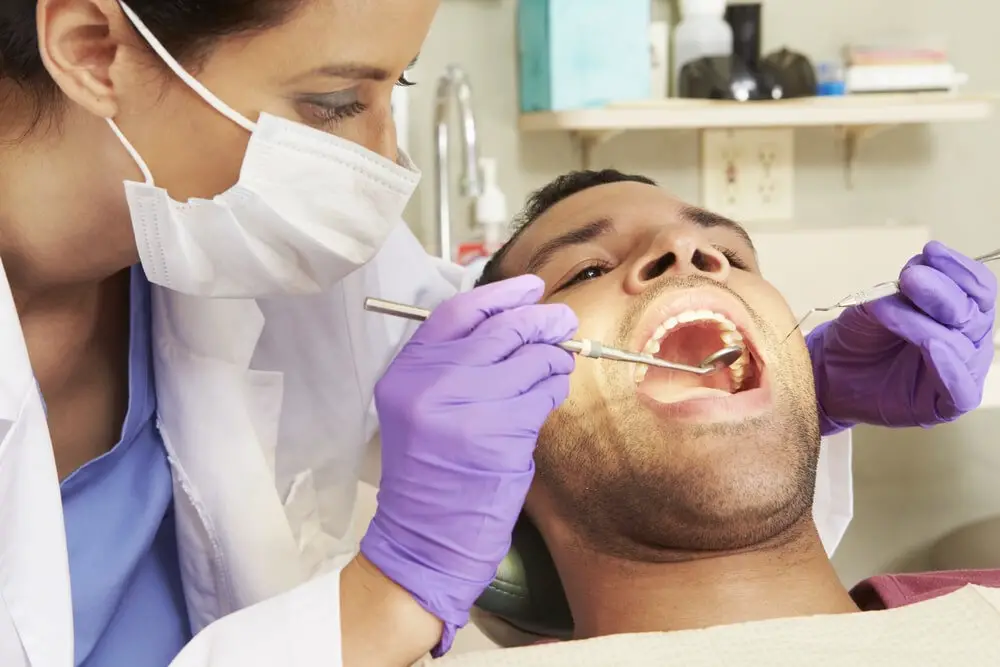
When considering how many teeth can safely be extracted at once, there are a variety of factors that must be taken into account. First and foremost, the overall health of the patient is of utmost importance. Patients with pre-existing medical conditions such as diabetes or heart disease may not be good candidates for multiple extractions due to the increased risk of complications. Additionally, patients who smoke or have a history of heavy alcohol use may also be at a higher risk for complications and should be evaluated on an individual basis. Another important factor to consider is the location and type of teeth being extracted. For example, removing multiple molars at once may be more challenging than removing several front teeth due to their larger size and deeper roots. Additionally, the presence of infection or decay in the teeth can also impact the safety and feasibility of multiple extractions at once. In some cases, it may be necessary to stage the extractions over multiple appointments to minimize the risk of complications and ensure optimal healing. Ultimately, a thorough evaluation by a qualified oral surgeon or dentist is essential in determining the safest and most effective approach for each individual patient.
A patient’s overall health is a crucial factor to consider when determining how many teeth can be safely extracted at once. A thorough medical history review, physical examination, and consultation with the patient’s primary care physician are essential to assess their overall health status. Chronic conditions such as diabetes, cardiovascular disease, and autoimmune disorders may increase the risk of complications during and after tooth extraction procedures. Additionally, medications that the patient is taking, such as anticoagulants, may affect the healing process. Therefore, it is of utmost importance to evaluate the patient’s health status to minimize the risks associated with multiple tooth extractions and ensure a comfortable recovery.
When it comes to dental extractions, the number and location of teeth to be removed play a crucial role in determining the level of discomfort that the patient may experience. The extraction of a single tooth is a common procedure that typically causes minimal pain and discomfort. However, when multiple teeth are to be extracted, it’s essential to consider the patient’s overall health and the potential impact on their bite and ability to chew. In some cases, extracting several teeth at once may be necessary, but it’s important to carefully evaluate the need for each extraction and spread the procedure over several appointments to avoid overwhelming the patient’s body and minimize post-operative discomfort and complications. Ultimately, the decision to extract teeth should be made in consultation with a qualified dental professional who can carefully assess the patient’s needs and provide the best treatment plan for their individual situation.
The extraction process is a complex and delicate procedure that requires skill, precision, and attention to detail. Depending on the number and location of the teeth to be extracted, the process can be straightforward or more complicated. Factors such as the patient’s age, overall health, and the condition of the teeth and surrounding tissues must be carefully evaluated before any extractions are performed. Additionally, the type of anesthesia used, the size and shape of the tooth, and the extent of any damage or decay must all be taken into account during the procedure. Despite its complexity, however, tooth extraction remains a common and effective treatment option for a variety of dental problems, and with proper care and follow-up, most patients can achieve a full recovery and return to their normal activities within a relatively short period of time.
The patient’s pain tolerance is a critical factor to consider when deciding how many teeth can be safely extracted at once. Some patients have a higher pain threshold than others, and it is essential to assess their level of tolerance before any dental procedure. Pain tolerance can be affected by various factors, including age, gender, previous experiences, and underlying health conditions. Therefore, it is crucial to communicate effectively with the patient to understand their concerns and expectations regarding pain management. The dental team can then develop a personalized plan that maximizes the patient’s comfort and minimizes their discomfort during and after the procedure.
Limitations on Extractions
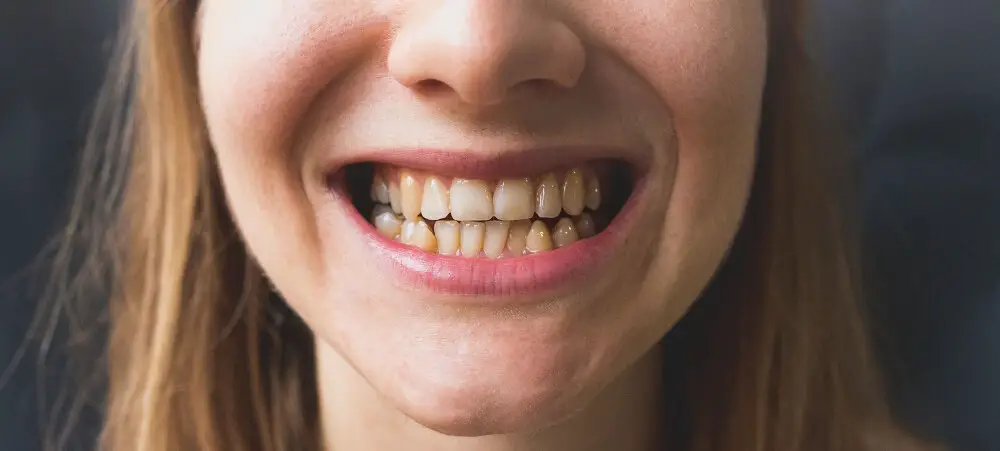
Extraction of teeth is a common dental procedure that is sometimes necessary to alleviate pain, fix overcrowding, or prepare for orthodontic treatment. However, there are limitations on the number of teeth that can be safely extracted at once. This is because the extraction process can be traumatic to the surrounding tissues and bone, leading to swelling, pain, and a longer recovery time. Additionally, the removal of too many teeth can also affect the patient’s ability to chew and speak properly, and can cause a shift in the remaining teeth, leading to further dental problems. Therefore, it is important for dentists to carefully evaluate each patient’s individual needs and circumstances before recommending multiple extractions. In general, dentists recommend extracting no more than two teeth at a time to minimize the risk of complications and to ensure a faster recovery. However, in some cases, such as when all four wisdom teeth need to be removed or in preparation for full dentures, multiple extractions may be necessary. In these situations, dentists will carefully evaluate the patient’s overall health, age, and medical history to determine the safest and most effective course of treatment. Additionally, dentists may also use advanced techniques, such as sedation or laser therapy, to minimize the trauma of the extraction process and to improve the patient’s comfort and recovery time. Ultimately, the goal is to maximize the patient’s comfort and oral health while minimizing the risks of the extraction procedure.
When it comes to dental extractions, it’s essential to prioritize patient comfort and safety. While the number of teeth that can be pulled at once varies from person to person, there are some general limitations to keep in mind. For example, a dentist will typically remove no more than two or three teeth during a single appointment to prevent excessive bleeding, swelling, and discomfort. Furthermore, the location and size of the teeth being extracted, as well as the patient’s overall health and medical history, will also play a role in determining how many teeth can be safely removed at once. By working closely with their dentist and following proper aftercare instructions, patients can minimize discomfort and ensure a smooth recovery after dental extractions.
Multiple extractions, or the removal of several teeth in one sitting, can pose several risks to patients. One of the primary concerns is the level of pain and discomfort that can be experienced after the procedure. Patients may also experience swelling, bleeding, and infection. Additionally, removing too many teeth at once can increase the risk of complications such as damage to nerves, bone loss, and changes in facial structure. It is therefore important for patients to discuss the potential risks and benefits of multiple extractions with their dentist or oral surgeon before undergoing the procedure. Proper planning and preparation can help to minimize these risks and ensure a successful outcome.
Working with an experienced dentist is crucial for a successful dental procedure that maximizes comfort and minimizes risks. A seasoned dentist is equipped with the knowledge and skills to perform complex procedures such as tooth extractions with precision and efficiency. They know how to handle complications that may arise during the procedure, ensuring that the patient’s safety is never compromised. An experienced dentist can also provide personalized care and advice to their patients, tailoring their approach to suit their specific needs and goals. By choosing an experienced dentist, patients can rest assured that their dental health is in good hands, and that they will receive optimal results with minimal discomfort.
Alternatives to Extraction
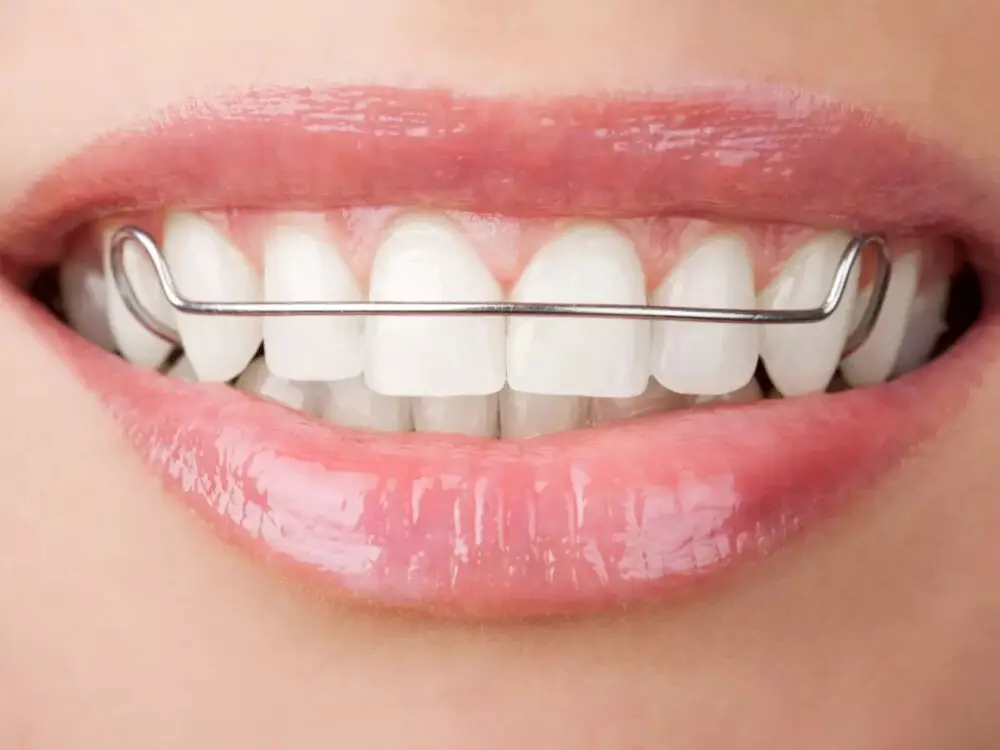
Extraction of teeth is a common practice in dentistry, but it is not always the best option for every patient. Fortunately, there are alternatives to extraction that can be considered. One alternative is a root canal, which involves removing the infected or damaged pulp from the tooth and filling it with a material to restore its function. This procedure can save the natural tooth and prevent the need for extraction. Another alternative is a dental crown, which is a cap placed over a damaged or weakened tooth to protect it from further damage and restore its appearance and function. This can be an effective way to avoid extraction in cases where the tooth is still structurally sound but has cosmetic or minor functional issues. Another alternative to extraction is orthodontic treatment, which can help correct misaligned or overcrowded teeth. This can alleviate pressure on individual teeth and improve overall dental health. In some cases, a dental implant may also be an alternative to extraction. This involves surgically inserting a titanium post into the jawbone to support a replacement tooth. This can be a good option for patients who have lost a tooth or need to have one extracted but want to avoid dentures or bridges. By considering these alternatives, patients can work with their dentists to find the best solution for their individual needs and maximize their comfort and dental health without resorting to extraction.
Dental implants are a popular option for patients who have lost one or more teeth. They are designed to look, feel, and function like natural teeth, making them a great solution for those who want to restore their smile. The procedure involves placing a small titanium post into the jawbone, which serves as the anchor for the implant. Once the post has fused with the bone, a custom-made crown is attached to the top. Dental implants are a long-lasting solution that can improve the overall function of the mouth, as well as boost self-esteem. They are also easy to care for and maintain, with regular brushing and flossing being all that is required to keep them in good condition.
Root canal therapy is a dental treatment that is performed to save a damaged or infected tooth. The procedure involves removing the damaged or infected pulp from the tooth’s interior, cleaning and disinfecting the root canals, and then filling and sealing the tooth. Root canal therapy is typically recommended when a tooth’s pulp becomes inflamed or infected due to deep decay, repeated dental procedures, or trauma. It is a highly effective treatment that can save the patient’s natural tooth and prevent the need for tooth extraction. While the procedure may sound intimidating, modern techniques and anesthesia ensure that patients experience minimal discomfort during the procedure.
Partial dentures are removable dental prostheses used to replace one or more missing teeth. They are custom-fitted to the patient’s mouth and can be made of various materials such as acrylic, metal, or a combination of both. Partial dentures offer several benefits, including improved chewing ability, speech, and aesthetics. However, they may take some time to get used to and require proper care and maintenance. The decision to extract teeth and use partial dentures should be made in consultation with a dental professional, taking into consideration the patient’s overall oral health, the number of teeth being extracted, and the impact on adjacent teeth and gums.
Tips for PostExtraction Comfort
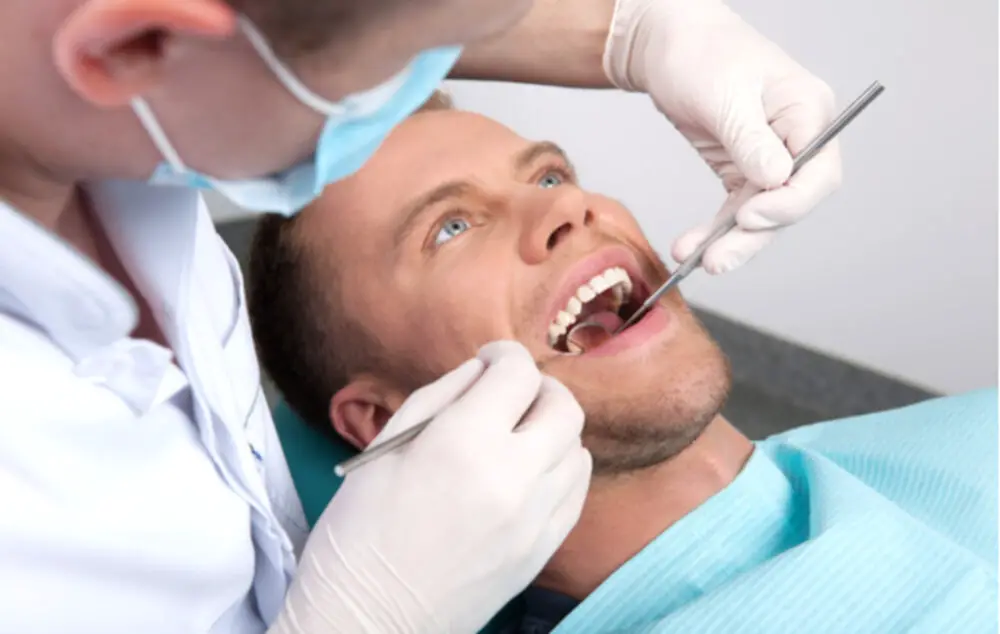
After undergoing a tooth extraction procedure, it is common to experience some level of discomfort and pain. However, there are several tips that can help to minimize the discomfort and maximize your post-extraction comfort. One of the most important things to do is to follow the aftercare instructions provided by your dentist or oral surgeon. This may include taking pain medication, applying ice to the area, and avoiding certain foods and activities. It is also important to keep the extraction site clean by gently rinsing your mouth with saltwater and avoiding smoking or using straws. Another way to increase your post-extraction comfort is to rest and allow your body to heal. This means avoiding strenuous activities and taking time off work or school if necessary. You may also want to consider using relaxation techniques such as deep breathing or meditation to help manage any discomfort or anxiety. Lastly, it is important to stay hydrated and eat a healthy, soft food diet to promote healing and avoid any further complications. By following these tips, you can help to ensure a comfortable and successful recovery after a tooth extraction procedure.
Pain management techniques are essential when it comes to dental procedures, especially when multiple teeth need to be extracted at once. The dentist may use local anesthesia to numb the area, and in some cases, sedation may be recommended to help the patient relax and feel more comfortable during the procedure. Ice packs and over-the-counter pain relievers can also be used to manage pain and reduce swelling after the extraction. Additionally, the dentist may provide instructions on how to care for the extraction site to minimize discomfort and promote healing. By utilizing these pain management techniques, patients can undergo multiple extractions with minimal discomfort and get back to their normal routine as soon as possible.
Proper oral hygiene practices are essential for maintaining healthy teeth and gums. Brushing your teeth twice a day for at least two minutes with fluoride toothpaste is the foundation of a good oral hygiene routine. Flossing daily helps remove plaque and food particles that can get stuck between teeth and cause decay. Additionally, using mouthwash can help kill bacteria that cause bad breath and prevent gum disease. Eating a balanced diet that is low in sugar and high in vitamins and minerals can also help keep teeth healthy. Regular dental check-ups with a dentist can help catch any potential issues early on and prevent more serious problems from developing. By following these practices, you can help ensure that your teeth and gums stay healthy and comfortable, even after extractions.
Dietary restrictions are an important consideration when planning to have multiple teeth extracted at once. It is important to follow any instructions given by the dentist or oral surgeon to ensure proper healing and recovery. After the procedure, patients may need to avoid hard, crunchy, or sticky foods that can irritate the extraction site or get stuck in the empty socket. Soft, nutrient-rich foods like soups, smoothies, mashed potatoes, and yogurt are often recommended during the first few days of recovery. It is also important to stay hydrated and avoid alcohol and tobacco products, which can slow down the healing process. Following these dietary restrictions can help maximize comfort and promote faster healing after multiple extractions.
The decision to extract teeth can be a daunting one, but it is often necessary for maintaining oral health and ensuring long-term comfort. When it comes to extracting teeth, many patients wonder how many can safely be removed at once. While there is no one-size-fits-all answer to this question, there are a few key factors to consider. These include the patient’s age, overall health, and the location and condition of the teeth in question. In general, it is best to remove as few teeth as possible at once to minimize discomfort and allow for a smoother recovery. However, in certain cases, such as when preparing for orthodontic treatment or addressing severe decay or infection, multiple extractions may be necessary. Ultimately, the decision of how many teeth to extract should be made in consultation with a trusted dental professional who can evaluate each patient’s unique situation and recommend the safest and most effective course of treatment.
Consulting with a dental professional before undergoing any dental procedure is crucial to ensure that the patient receives the best possible treatment. When it comes to extracting teeth, it’s even more important to consult with a dentist to determine the number of teeth that can be safely extracted at once while minimizing discomfort and potential complications. A dental professional can evaluate the patient’s overall oral health, medical history, and other factors that can impact the procedure’s outcome. With this information, the dentist can provide individualized treatment recommendations that address any unique concerns or risks the patient may have. Therefore, seeking the advice of a dental professional before undergoing tooth extraction is a wise decision that can help maximize comfort and ensure the best possible outcome.
Conclusion

After considering the various factors involved in tooth extractions, it is clear that the decision to extract multiple teeth at once should be made with caution. While extracting more teeth at a time may seem like a desirable option for maximum comfort, it is important to prioritize the long-term health of the patient. The number of teeth that can be safely extracted at once varies depending on factors such as age, overall health, and the location of the teeth being removed. In some cases, extracting too many teeth at once can lead to complications such as bleeding, infection, and damage to surrounding teeth and tissues. Therefore, it is essential to consult with a qualified dental professional to determine the optimal number of teeth to be extracted at once. By prioritizing patient safety and taking a thoughtful approach to tooth extractions, we can ensure that patients achieve maximum comfort while minimizing the risk of complications.
